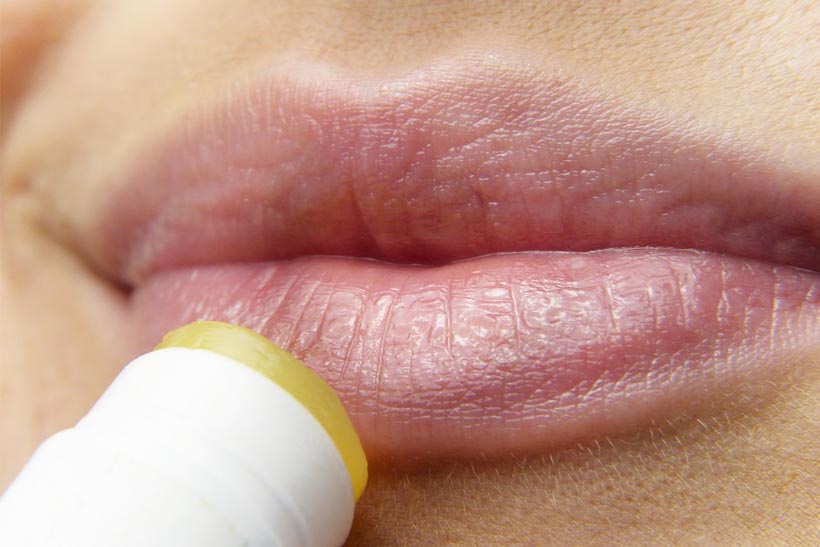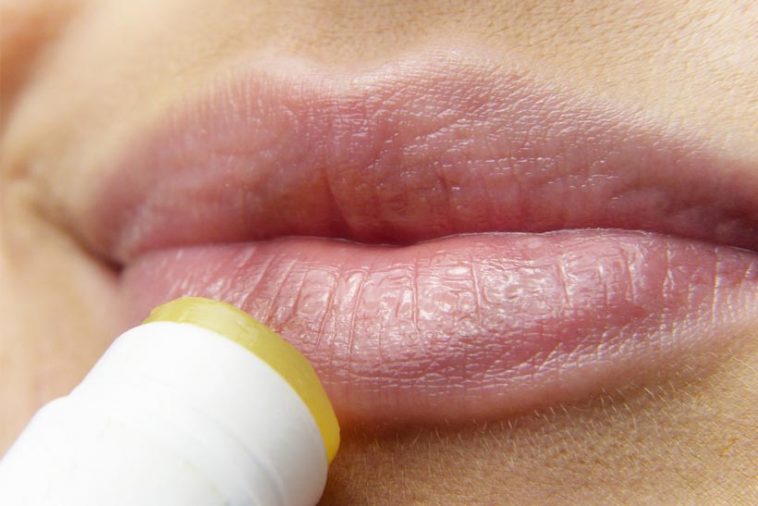- Like
- SHARE
- Digg
- Del
- Tumblr
- VKontakte
- Flattr
- Buffer
- Love This
- Save
- Odnoklassniki
- Meneame
- Blogger
- Amazon
- Yahoo Mail
- Gmail
- AOL
- Newsvine
- HackerNews
- Evernote
- MySpace
- Mail.ru
- Viadeo
- Line
- Comments
- Yummly
- SMS
- Viber
- Telegram
- JOIN
- Skype
- Facebook Messenger
- Kakao
- LiveJournal
- Yammer
- Edgar
- Fintel
- Mix
- Instapaper
- Copy Link
Introduction
 Dry, chapped lips can become itchy and painful. Lip problems can be very embarrassing for people in different environments.
Dry, chapped lips can become itchy and painful. Lip problems can be very embarrassing for people in different environments.
A useful question to ask when the weather is getting colder and dryer is whether or not chapstick actually works.
But, why wouldn’t it?
Well, it’s quite simple really. Sometimes beauty products can be released on to the market without their claims being fact-checked. There are few laws on this within the cosmetics industry and often products make statements that might not be 100% true.
In cold, dry weather, it is advisable to take care of our skin because of the problems that can arise through contact with dry air. Our lips, just like our hands, are particularly sensitive to the elements and their drying effects. Some products, including lip moisturizer, which claim to help with these issues, can actually be detrimental and should be avoided.
Continue reading to find out how to tell the difference between a chapstick or lip balm that can help treat cracked lips and one that will only make things worse.
The Science Behind Chapstick
Our lips are made up of 3 layers of cells that are much thinner than normal skin and therefore much more vulnerable to damage by external factors. There are no hair follicles or oil glands on the lips, like on other parts of our skin. This is why there is little moisture produced on the lips themselves. The moisture actually comes from the surrounding skin and of course from within the mouth.
When the weather becomes harsher and dries out our skin, the lips are easily affected and often crack before any other parts of our skin.
Chapstick is a cosmetic product that aims to help prevent cracked lips from occurring. The aim of chapstick, or lip balm as it is sometimes called, is to seal in moisture by creating an occlusive barrier on the lips. This layer is meant to obstruct any moisture from leaving the lips and prevent them from drying out, leading to chapping.
Many chapsticks are made with different ingredients to provide additional benefits. Some include an SPF to protect from sun exposure. It is recommendable to use a chapstick with a good SPF.
Problems Using Chapstick
The science, therefore, tells us that there is no reason a chapstick should not function correctly to seal in moisture and prevent our lips from cracking. However, the case is this. It entirely depends on the ingredients of the chapstick whether they will work to our advantage or have an adverse effect.
Our body is well-engineered to find ways to deal with environmental damage on its own. Therefore, if we choose to interfere with the body’s natural processes, it is possible that we could cause other issues. The body sends signals to replenish dead cells to provide protection and cure cracked lips. However, if we intervene and prevent the body from processing the right information, we can end up hindering instead of helping.
The key element to produce a chapstick which actually works is to ensure that it includes an occlusive ingredient. These will create a watertight barrier on the lips to lock in moisture. Many commercial chapsticks simply contain humectants. These are the ingredients that will worsen dry lips if used without an occlusive ingredient in combination. Humectants such as glycerin or hyaluronic acid remove the moisture and allow water to evaporate thus dehydrating the lips further. This means that some chapsticks can provide temporary comfort, only to cause even more drying or irritation.
Make sure to look out for occlusive ingredients such as beeswax, shea butter, and oils. This way you can ensure that your chapstick will create a barrier that does not allow moisture to evaporate. Using chapsticks without these components is essentially the same as licking your lips.
Additionally, some chapsticks can contain other ingredients which make the situation worse for people with sensitive skin. These include menthol, salicylic acid, cinnamic aldehyde, and peppermint flavoring.
Finally, any chapsticks that create a glossy coating that attracts the sun’s UV rays could also be harmful. It is possible to intensify the damage from sun exposure if it does not contain a good level of SPF. This is because there is less melanin in our lips which means they are less protected from the dangerous UV light.
Conclusion
Chapstick can protect and moisturize your lips during dry and cold temperatures and some products even offer protection from the direct sunlight.
However, it’s very important to find a quality product that works well, for not all products are equal. Plus, if you have sensitive skin, some ingredients in some chapstick brands may cause irritation and negate the positive effects of the product. It’s best to try different products out to find one that works for you.
Make sure to look out for occlusive ingredients such as beeswax, shea butter, and protective oils. This will ensure your chapstick creates a barrier that locks in moisture.
About Shannon Clark
Shannon holds a degree in Exercise Science and is a certified personal trainer and fitness writer with over 10 years of industry experience.

